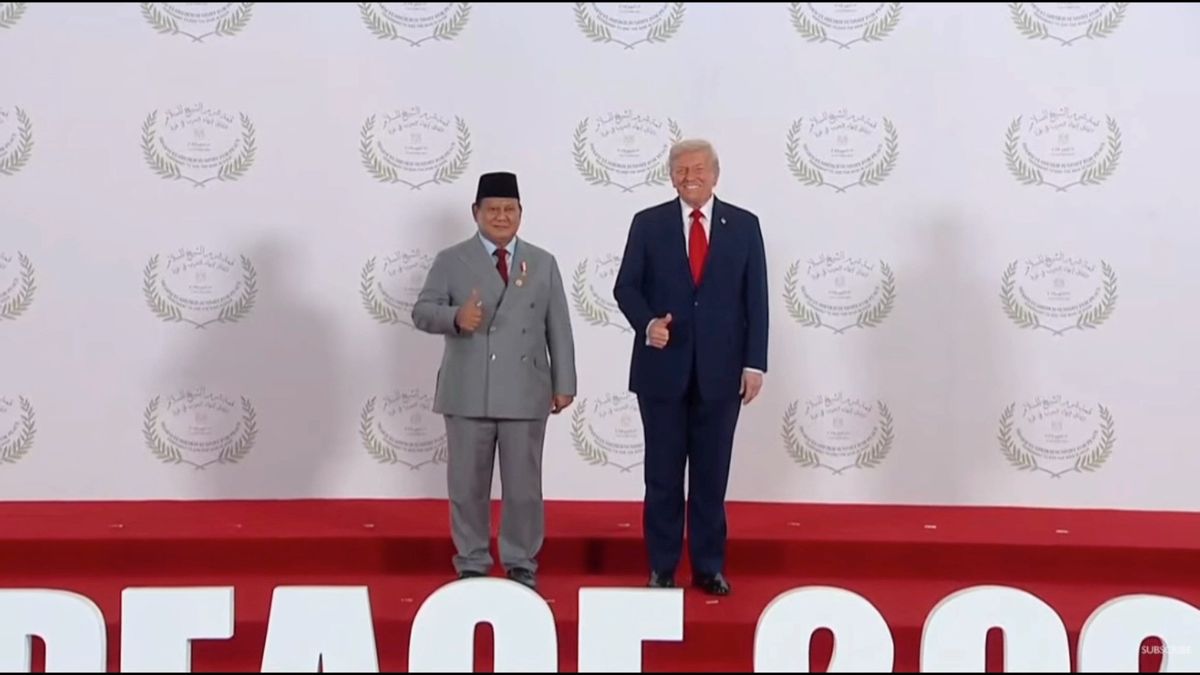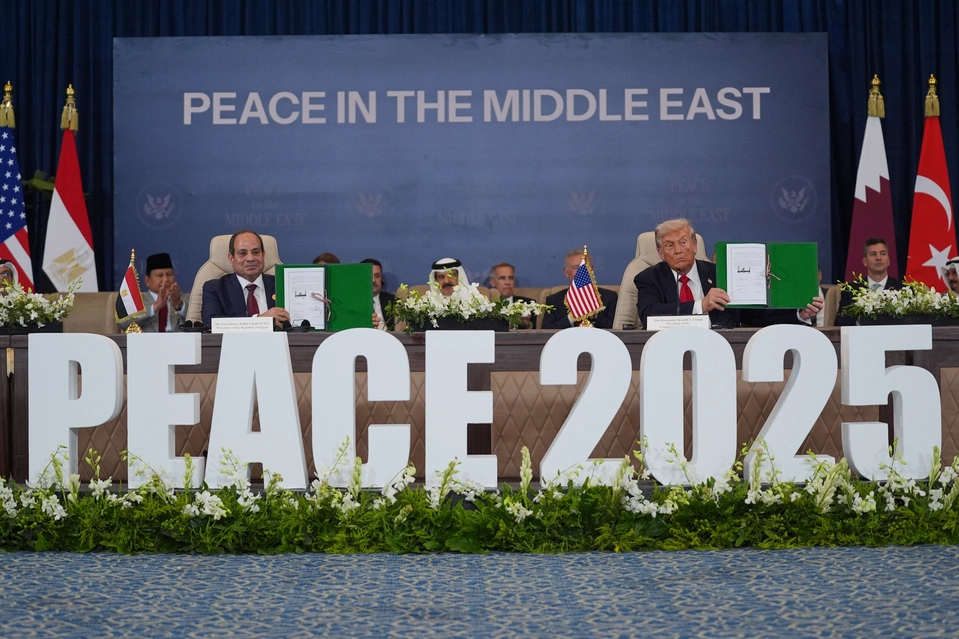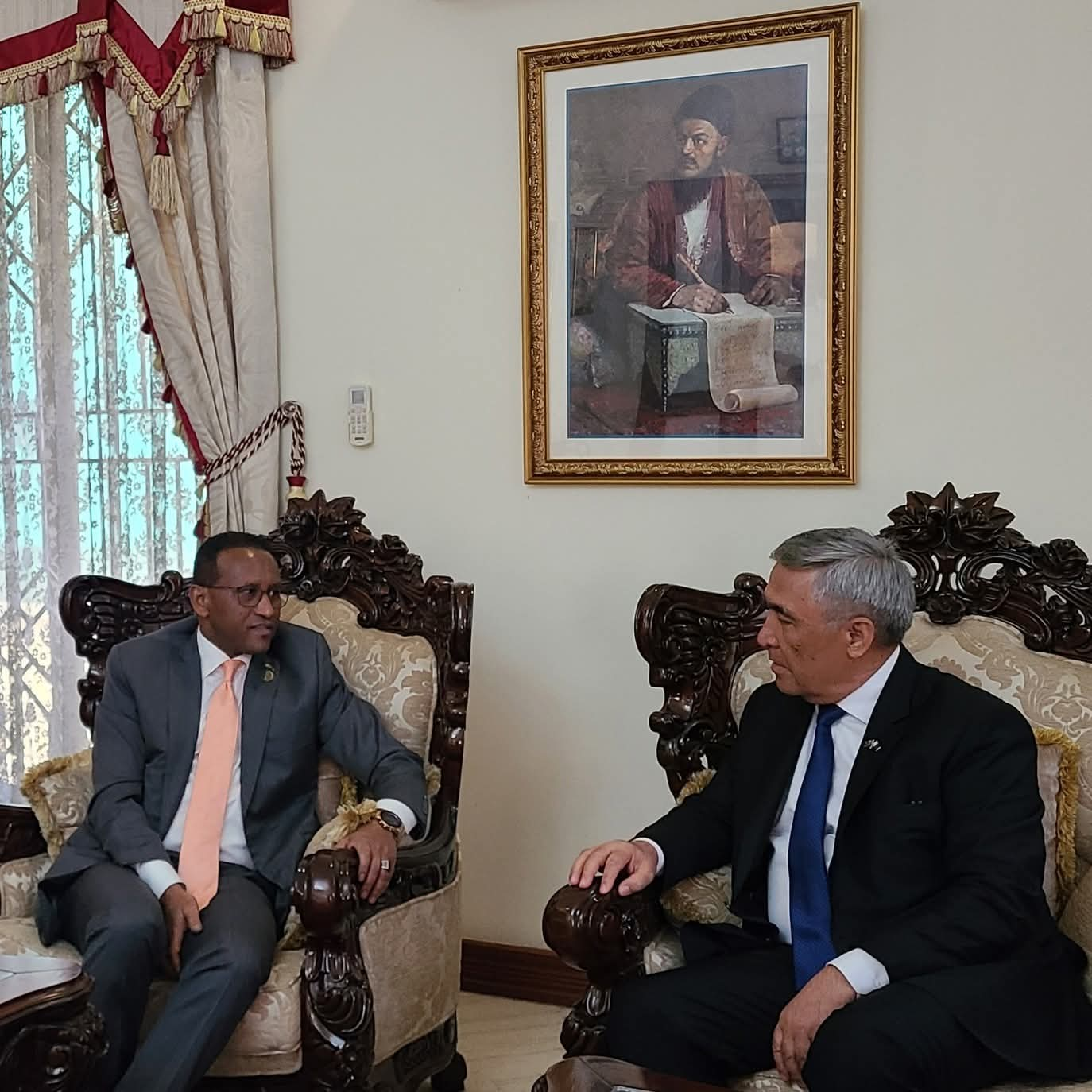Washington, June 4, 2025 – The Europe Today: U.S. President Donald Trump has signed an executive order doubling tariffs on steel and aluminium imports from 25% to 50%, in a move aimed at bolstering the American steel industry, according to multiple media reports.
The new tariffs, which take effect Wednesday, mark the second increase since March and significantly raise the cost of importing two of the most widely used industrial metals—critical for sectors ranging from automotive manufacturing to food packaging.
President Trump defended the action during a rally at a U.S. Steel factory, stating, “Nobody’s going to be able to steal your industry… At 25%, they can get over that fence. At 50%, they can no longer get over.” He emphasized that the move was designed to compel U.S. businesses to purchase American-made materials.
However, the decision has been met with sharp criticism from industry leaders, foreign governments, and economists, who warn of widespread economic consequences both at home and abroad.
Industry Alarm and Economic Impact
Many American manufacturers who rely on imported steel and aluminium have expressed alarm over the abrupt policy shift. Rick Huether, CEO of Maryland-based Independent Can Co., said his firm has already paused investments and may face customer attrition as production costs soar.
“There’s a lot of chaos,” Huether said, fearing clients may turn to cheaper packaging alternatives like plastic or paper.
Chad Bartusek, director of supply chain management at Illinois-based Drill Rod & Tool Steels, voiced similar concerns. His company, which imports Austrian-made steel not available in the U.S., is now facing a tariff bill of nearly $145,000—double what it was just days ago. “It’s one punch after the other,” he lamented, noting that orders have slowed and employee hours have been reduced.
International Response
The announcement has also triggered strong reactions from U.S. trade partners, particularly in Europe. Gareth Stace, Director General of UK Steel, warned the 50% tariff would be “catastrophic” for British exporters. “The introduction of 50% tariffs immediately puts the shutters up… Most of our orders, if not all of them, will now be cancelled,” he said.
The UK was, however, granted an exemption from the latest increase, with tariffs remaining at 25% as part of ongoing trade negotiations. UK Trade Secretary Jonathan Reynolds met with U.S. Trade Representative Jamieson Greer in Paris on Wednesday and welcomed the carve-out, noting that talks are continuing to fully lift tariffs on UK steel.
The European Commission also expressed concern. “We really hope that the Americans will roll back on this latest tariff threat,” said Olof Gill, spokesperson for economic security and trade, adding that the EU and U.S. remain in “intense talks.”
Economic Projections and Political Implications
Despite Trump’s assertion that the tariffs are necessary to secure national industry, economic analysts caution that the costs may outweigh the benefits. A 2020 analysis found that his previous steel tariffs created about 1,000 jobs in the sector but eliminated an estimated 75,000 jobs across related industries, such as construction and manufacturing.
Erica York, vice president of federal tax policy at the Tax Foundation, described the latest move as “very foolish,” noting that tariffs on intermediate goods like steel are particularly damaging to the broader economy. “They increase the cost of production in the United States,” she said, predicting even greater job losses this time.
Steel imports fell 17% in April compared to March, and observers expect the decline to accelerate following the announcement.
Strategic Considerations
The new tariffs are seen by some analysts as part of a broader political strategy, rather than a purely economic decision. “Always the question with Mr. Trump is, is this a tactic or is this a long-term plan?” Huether remarked, suggesting the policy may be designed to generate leverage in ongoing trade talks.
During his first term, Trump invoked national security laws to impose tariffs of 25% on steel and 10% on aluminium. However, many countries and companies were later granted exemptions. Trump rescinded those carve-outs in March, expressing dissatisfaction with how the protections had been diluted.
Now, with the 50% rate in place, the administration aims to eliminate any remaining incentives for U.S. companies to rely on foreign suppliers.
As the new measures take effect, their long-term impact on global trade dynamics, domestic industries, and the broader economy remains uncertain—but early signals point to escalating trade tensions and considerable disruption across multiple sectors.














